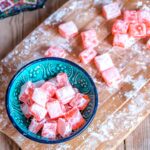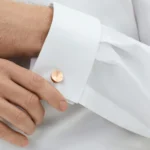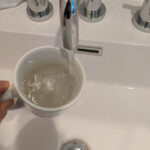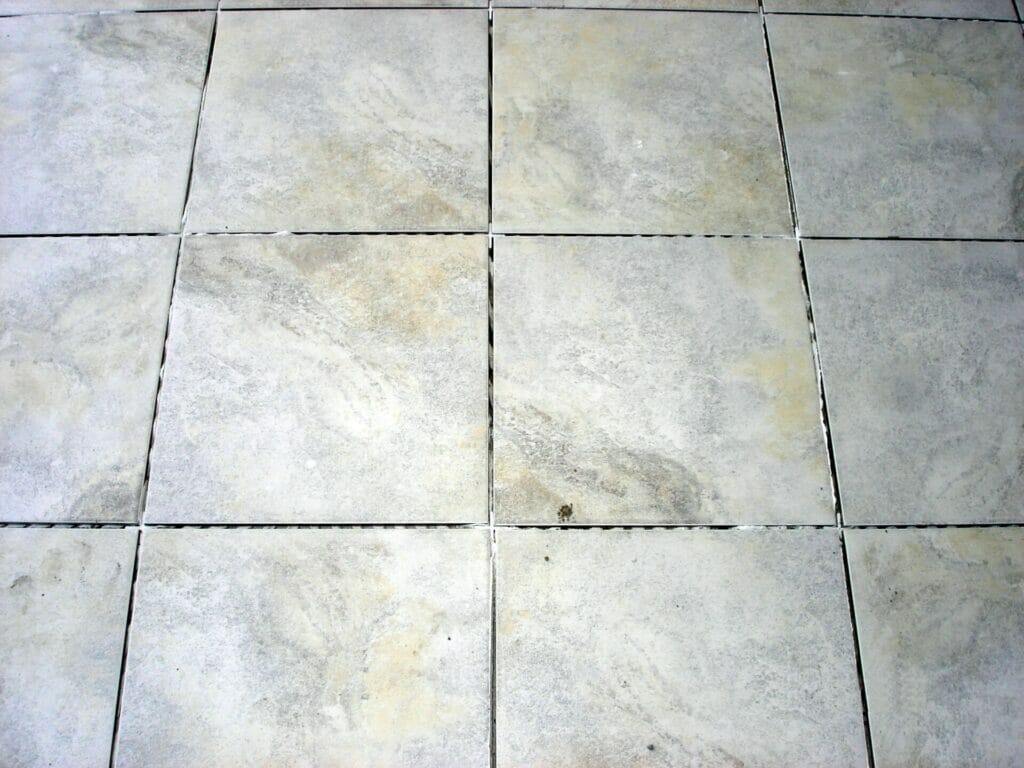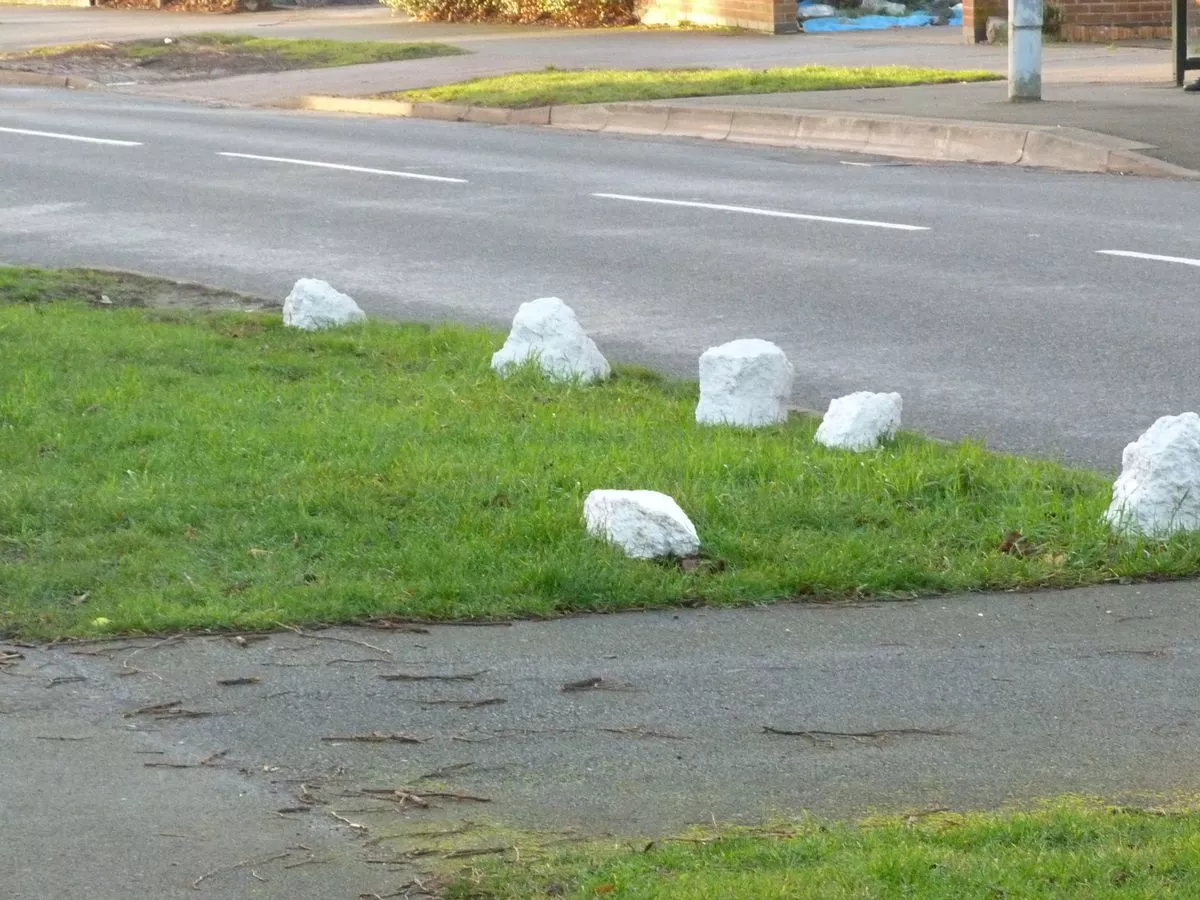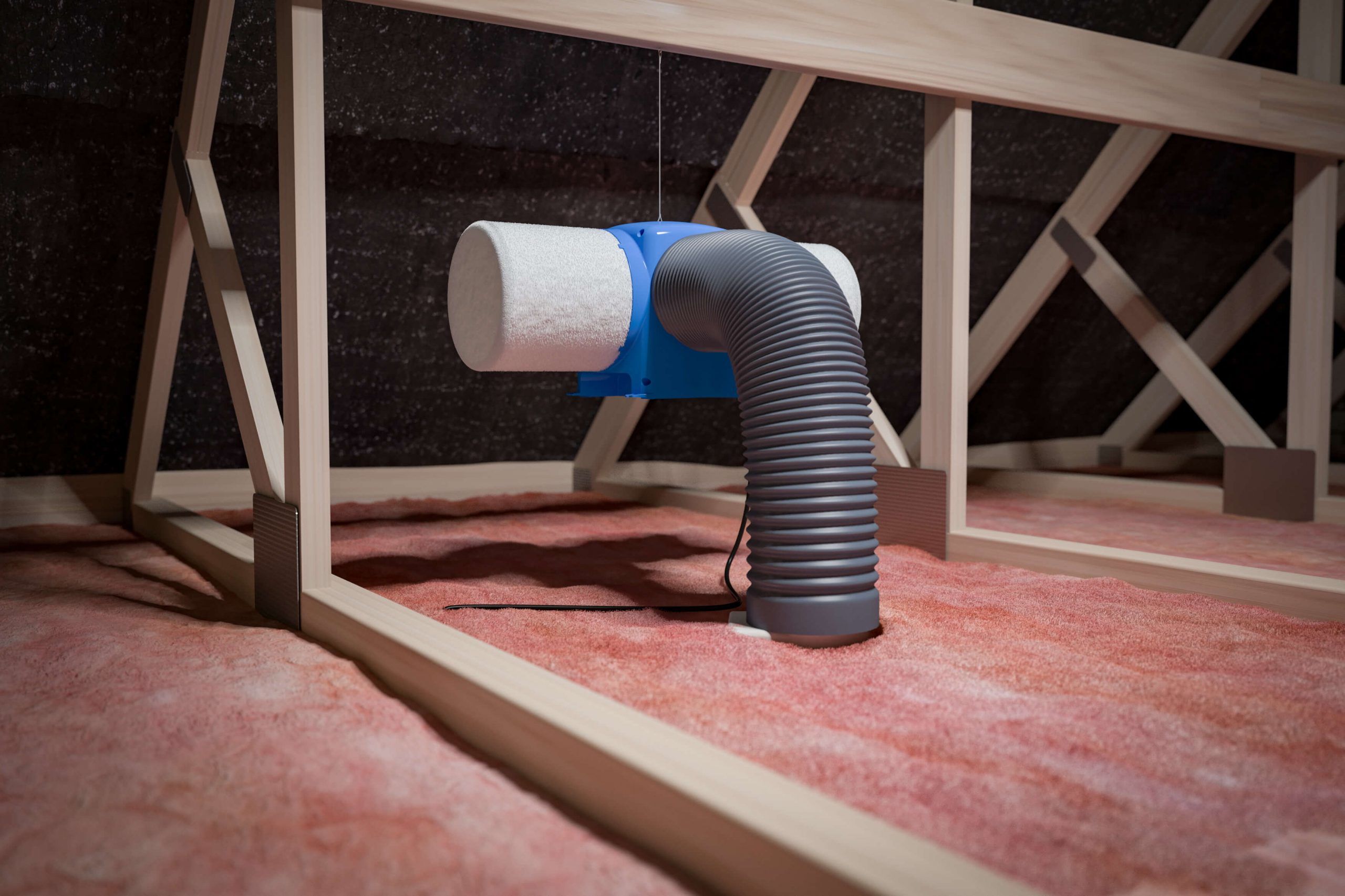To pick the right house color that goes with a brown roof, you can think about a few things like the shade of the roof, what you like, and your house’s style. Here are some ideas:
- You can choose beige or cream for a classic look with a brown roof.
- If you want a warm feeling, you can go with tan or taupe.
- Warm gray can make a nice balance with a brown roof.
- Soft green, red, or blue can give your house character.
- Earthy colors like terracotta or rust can make your home feel rustic.
- And if you like a clean and classic look, white is a good choice.
Remember to check local rules and try paint samples to see how it look before you decide.
What factors influence the choice of house color with a brown roof?

Taking these factors into account will help you make an informed decision when choosing the right house color to complement your brown roof. In addition, ensuring that the final result meets your preferences, architectural style, and local regulations.
Shade and Tone of the Brown Roof
The shade and tone of your brown roof play a crucial role in determining which house color will work best. Brown roofs can come in various shades, ranging from light tan to dark chocolate brown. Lighter brown roofs tend to pair well with a wider range of colors, while darker brown roofs may require careful color selection to create an appealing contrast.
Consider the undertones in the brown roof. Some brown roofs have warm undertones, while others have cooler undertones. Understanding these undertones will help you choose a house color that complements them.
For example, a brown roof with warm undertones may pair nicely with warm-colored siding, such as beige or terra cotta, while a brown roof with cooler undertones might work better with cooler-colored siding, like gray or blue.
Analyze the roof’s texture and material. Some brown roofs are made of shingles, while others are metal or clay tiles. The texture and material can affect the overall visual impact and can influence your choice of house color. For example, shingles may create a different look than a roof with clay tiles.
Personal Preferences and Style
Your personal preferences and the architectural style of your home are significant factors in choosing a house color. Think about the atmosphere you want to create and your individual tastes. Some people prefer traditional and timeless color combinations, while others may want a more modern or bold look.
The architectural style of your home also plays a vital role. Certain styles, such as colonial, Victorian, or Mediterranean, may have traditional color palettes that align with their design. Modern or contemporary homes often allow for more flexibility in color choices, including bolder and unique color combinations.
Moreover, it’s essential to consider your emotional response to the color. Different colors can evoke various moods and feelings. For example, warm and earthy colors may create a cozy and inviting atmosphere, while cooler colors can give a more serene or modern appearance. Reflect on how the color makes you feel and whether it aligns with your vision for your home.
Local Regulations and Homeowner Association Guidelines
Before making a final decision on your house color, it’s important to be aware of any local regulations or homeowner association guidelines. Some neighborhoods have restrictions on exterior paint colors to maintain a consistent aesthetic in the community.
Check with your local municipal authorities to determine if there are any zoning regulations or permits required for exterior painting or alterations. These regulations can vary by region, and failure to comply with them may result in fines or the need to repaint your home.
However, if you live in a community with a homeowner association, review their guidelines and consult with them if necessary. Homeowner associations often have specific rules about house colors, and deviating from those rules could lead to disputes or penalties.
How to select the best color for a house with a brown roof?
The choice of house color should reflect your personal style, the specific characteristics of your brown roof, and the overall aesthetics you want for your home.
Beige or Cream
Beige or cream-colored siding is a timeless and classic choice that pairs well with a brown roof. These neutral shades create a warm and inviting exterior. The combination of a brown roof with beige or cream siding gives your home an elegant and understated appearance.
In addition, these colors work exceptionally well in traditional and colonial-style homes, as they maintain a sense of tradition and authenticity. They also complement natural landscaping, such as green lawns and gardens, creating a harmonious and inviting environment.
Tan or Taupe
Tan and taupe are warm and earthy colors that provide a cozy and comfortable contrast to a brown roof. These hues create a sense of balance and harmony. Tan and taupe tones can range from light and sandy to deeper, richer shades.
Furthermore, this color choice can work well with various architectural styles, including ranch-style homes and Mediterranean-inspired designs. It offers a relaxed and inviting look that resonates with nature, making it a popular choice for homes in wooded or rustic settings.
Warm Gray
Warm gray shades are an excellent option for creating a harmonious balance with a brown roof. These colors have cool undertones, which contrast effectively with the warmth of a brown roof. Warm grays can range from light to medium tones.
The combination of warm gray siding and a brown roof imparts a contemporary and sophisticated appearance to your home. This pairing is often seen in modern or transitional architectural styles, and it can be particularly appealing for urban and suburban homes.
Green
Soft, muted green colors, such as olive green or sage green, can create a serene and harmonious look when paired with a brown roof. Green complements the natural surroundings and blends well with a brown roof, making your home seem integrated with the environment.
This combination is well-suited for homes situated in rural or natural settings, as well as for houses with plenty of lush landscaping. It evokes a sense of tranquility and connection to nature.
Red or Brick Red
For those looking to make a bold statement, red or brick red siding is a striking choice when paired with a brown roof. This combination is vibrant and full of character, making your home stand out.
Red and brown combinations often suit traditional and cottage-style homes. The rich, warm colors can evoke a sense of coziness and charm, and they work well with contrasting trim colors for added visual interest.
Blue
Soft shades of blue, such as light blue or navy, can create a fresh and inviting appearance when combined with a brown roof. Blue can provide a cool and calming contrast to the warmth of the brown roof, creating a balanced and welcoming exterior.
This combination is versatile and can be used with a variety of architectural styles, from coastal to farmhouse to colonial. The choice of blue shade can vary the overall feel of your home, from cheerful and beachy to more traditional.
Earth Tones
Earthy colors, like terracotta, rust, or deep golden yellow, can contribute to a rustic and warm feel when paired with a brown roof. These colors embrace a natural and organic aesthetic, making your home blend seamlessly with the surroundings.
Earth tones are often a popular choice for homes in arid or desert regions, as they resonate with the landscape. They evoke a sense of connection to the environment and can be particularly appealing for homes with clay tile roofs.
White
White siding creates a crisp and clean look when combined with a brown roof. This combination is timeless and can work well with various architectural styles, from traditional to modern. White provides a bright and classic appearance, making your home appear fresh and elegant.
The stark contrast between white and brown can be particularly striking, emphasizing architectural details and creating a sense of sophistication. White siding can also reflect heat, making it a practical choice for homes in warmer climates.
FAQ’s
Does blue go with a brown roof?
Yes, blue can go well with a brown roof, depending on the specific shades and tones you choose. Light blue or navy blue can create a pleasing contrast with a brown roof.
What color roof looks the best?
The best color for a roof depends on various factors, including the architectural style, personal preferences, and surroundings. There’s no one-size-fits-all answer, as it varies from one situation to another.
How do I match my roof to my house color?
To match your roof to your house color, consider the shade and tone of your roof, your personal style, and the aesthetics you want to achieve. Testing paint samples or using digital design tools can help you visualize the outcome.
Is brown a good roof color?
Brown is a popular and versatile roof color that can work well with a variety of house colors and styles, creating a warm and welcoming aesthetic.
Is a brown roof good?
Brown roofs can be a good choice, depending on your preferences and the overall look you want to achieve. They often pair well with various house colors and styles, offering a classic and timeless appearance.
Does gray-blue go with a brown roof?
Yes, gray-blue can work with a brown roof, provided the specific shades and tones are chosen carefully to create an appealing contrast or harmony, depending on your desired aesthetic.
Final Words
Picking the right color for your house when you have a brown roof is important. You need to think about the color of the roof, what you like, and your house’s style. It’s also vital to consider any rules or guidelines from your local area or homeowner association.
Remember to test paint samples and use digital tools to see how your choice will look. Making a well-informed decision will help you create the perfect look for your home that suits your taste and the surroundings.

